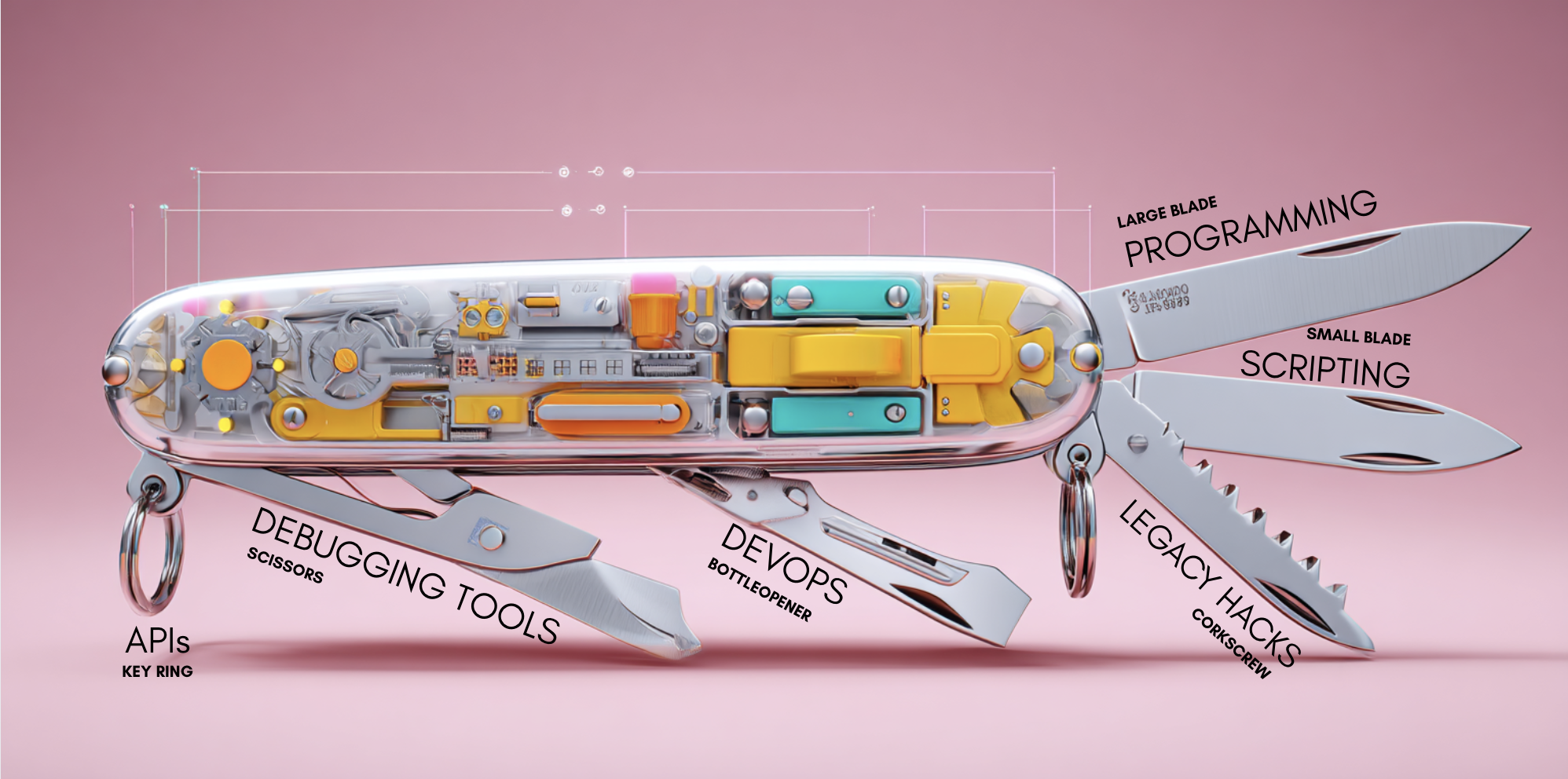
A few weeks ago, we ran into a nasty site stability bug during onboarding new users.
It was the kind of issue you’d sink hours into – looking at hardware vitals, toggling breakpoints, rerunning scenarios, or maybe even rubber-ducking. First stop: AWS Cloudwatch. My co-founder Anoushka and I combed through and examined backend server logs to check out immediate errors. But there was nothing. So we pivoted to the database. High CPU alarms galore. Now that’s a clue. Digging deeper, CloudWatch flagged a specific query as the offender. But the logic was complex enough that the bottleneck wasn’t immediately obvious.

Traditional debugging methods like index optimization and query explain plans were my go to for these issues. But Anoushka took a different track. She brought Claude Code in – our go-to LLM developer assistant. It was a good contest of the “old vs new”. We knew that only certain users were timing out, but why? We knew it was around a new feature we built called “engagement sharing”. So we flipped the question, asking Claude what it was about sharing that could cause the issue. Claude initially suggested a generic cause – not totally wrong, but also not helpful.
Some head-scratching and pondering followed, and we flipped the question. What about users who don’t share engagements? This led to the breakthrough: Claude had an epiphany: almost human-like. Yes, this could be the issue, our trusted LLM said, as this could lead to expensive scans of the entire database. Aha!, a part of the system where queries iterate over a huge set of shared engagements. This was the chokepoint.
With this nudge in the right direction, Anoushka wrote a patch to mitigate the issue without a full refractor. When she ran it by Claude, she was able to make the necessary corrections and debug the syntax. Claude didn’t write the fix. But it helped accelerate our understanding and validated the approach. That’s what good AI dev tools do: not replace engineers, but amplify their judgment.
This kind of moment is exactly why the full stack label no longer captures what engineers are capable of doing today.
A quick look for developer jobs on LinkedIn, and a majority of the postings look for “full stack” – meaning you can run the frontend and backend of applications. But what happens when AI is thrown into the mix?
Capabilities are not only enhanced but expanded. If the specialist is a spike, and a full stack developer is well-rounded, then the AI developer is multidimensional – an operator whose surface area grows with every plugin and loop they integrate. This isn’t just a transition; it’s a paradigm shift.
Tools like GPT-4, Cursor, and Claude Code collapse workflows and traditional roles. There’s no longer a linear progression from frontend to backend to infrastructure but instead, a seamless loop. Engineers are able to architect, code, test, debug, refactor, and deploy, all within AI-optimized environments.
Full stack, while functional, doesn’t capture the evolving nature of modern engineering. Today’s reality isn’t about discrete layers but rather interconnected loops – cycles where development, debugging, and optimization happen in tandem. AI removes friction between once-siloed off steps. In one interconnected loop, it can debug and deploy, allowing engineers to move through stages, not only between them.

With the right foundation – general competency and understanding – even an amateur engineer can become a software swiss army knife (SAK). Just like Anoushka did – her ability to jump in and deploy a fix wasn’t about decades of experience. It was about foundational thinking and tooling.
That’s not to say, however, that no experience is needed; a weak baseline would only lead to an endless cycle of vibe coding and vibe debugging. But the ability to raise the right questions, to think like an engineer, may just be the main skill requirement.
The reality is, full stack undersells what AI-native engineers are accomplishing today. A “stack” implies a layered process. But the current paradigm is a loop, representing optimized speed, span, and synthesis.
We’ve started calling this archetype the Infinity Engineer or the Full SAK Engineer. They don’t just ship code; they shape how the system works, at 10x the velocity.
Our next dev hires won’t be evaluated on the languages they know or the tools they use, but the way their brain jumps into action to take on any technical challenge without hesitation.